On a generally sunny afternoon there was birdsong aplenty at Thames Road Wetland, with the sound of Reed Warblers, a male Reed Bunting, 2 Cetti’s Warblers, 2 Song Thrushes, a Greenfinch and several Goldfinches prominent. Two juvenile Common Lizards were spotted. Two Green-veined White and a Small Tortoiseshell were the only butterfly species seen. A number of plant species were in flower, including the tiny, annual, Early Forget-me-not (Myosotis ramosissima), Cornsalad (Valerianella sp), Star-of-Bethlehem, Red Deadnettle, White Deadnettle, Ground Ivy, Round-leaved Crane’s-bill, Celery-leaved Crowfoot, Creeping Buttercup, Lesser Celandine, Daisy, Common Vetch, Soft Comfrey, Gorse and Wayfaring Tree.
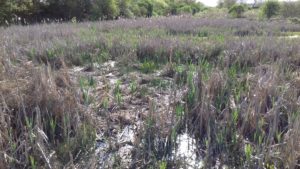
The local traveller’s ponies perform a useful ‘conservation grazing’ function at the east end of the site, and will go paddling for extra food in winter. Having created a few channels by hand-pulling Reedmace, to encourage them in, they’ve opened up a much larger area, which diversifies the habitat.
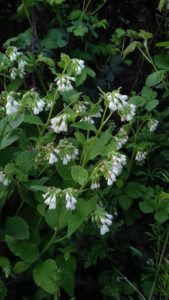
There are two patches of White or Soft Comfrey (Symphytum orientale) at Thames Road Wetland. It is an excellent early nectar source for Bees, which is why I have it in my garden. I thought I may have accidentally transferred seeds there myself, but subsequently found a few plants further north up Thames Road. A native of S. Russia, N.W. Turkey and the Caucasus, it was in British gardens by 1752 and in recent years seems to have started spreading in the wild in London.
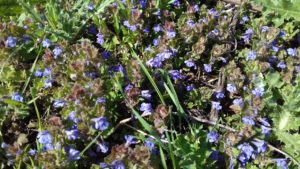
Ground Ivy. The flowers of this species can be a lot paler, but those here are of a good intense colour and again a good early nectar source.
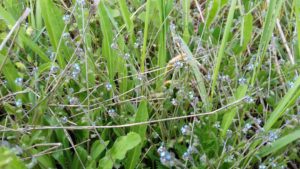
The tiny and annual Early Forget-me-not (Myosotis ramosissima) flourishes on patches of fairly dry, bare soil at Thames Road Wetland.
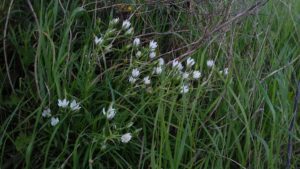
Seven Star-of-Bethlehem plants were in flower. Although an uncommon native these, along with the couple of types of Grape Hyacinth present will, as ‘garden escapes’, have somehow got into the material used to widen the Thames Road embankment some years ago.
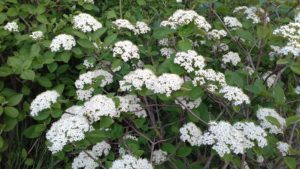
The flora of the Thames Road bank shows chalk influences, so the Wayfaring Trees, planted at the time Thames Road Wetland was constructed, are quite at home here.
Chris Rose. Thames Road Wetland Site Manager for Thames21.

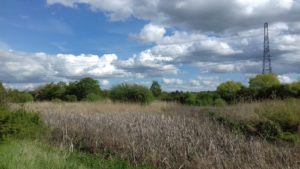
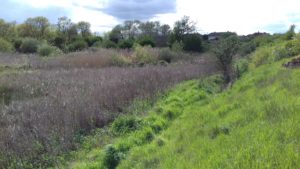
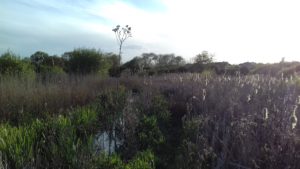
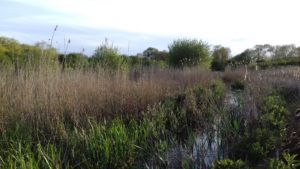
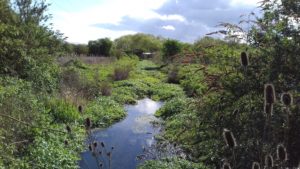
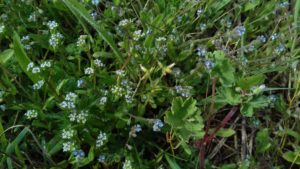
Thank you Chris for the photographs that you have taken of the Thames Road Wetland.
It lovely to see the flowers, the white comfrey in particular, providing an early source of nectar for the bees. The ponies have been able to help keep parts of the wetland more open.
Thank you for all your work.
Pamela Zollicoffer
Secretary
Quaggy Waterways Action Group